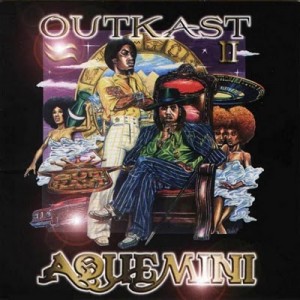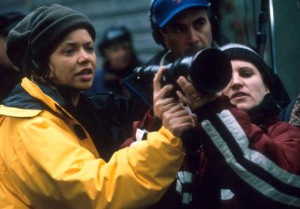On Saturday, I met #Aquemini.
I was posted up, waiting for someone, doing me. He then spoke, and asked if I was a professor. I had just come from writing the midterm and reading so I had a bag of books next to my chair. I responded no, I am a teacher. I asked him if he taught, he said, yes, once. He was a substitute teacher in East Oakland and he was just getting ready to talk shit about the Town and I said, “Baby, I’m from there.”
He responded, “Oh, really.” Yeah, Oakland.
I gave him another look, my undivided attention and said, “When is your birthday.” He stated, “June 11th.” I was like shit.
You are #Aquemini. It sounds really creepy as I write it, but I have been really deliberate about having a Gemini or Aquarius in my life.
I have been so specific about #Aqeumini that A dub walked over and said hello, and I introduced her to him and said girl, he is #aquemini, and she raised her eyebrows like word. Word.
I ask people their birthday’s before their names. Why? I am being purposeful.
So we conversate. Marinate. All that.
He apparently saw me before. And spoke last summer. I asked if I was nice. Sometimes I shut it down. He said yeah, “You were nice, but it was clear that I were reading your book and didn’t want to be bothered.” That DO be the case sometimes and I am entitled to that. Time and place for everything, no?
He is currently and anti war lobbyist, adorable and White honey. Like Kevin Costner eye crinkles and everything. As I contemplate the politics of puttering around on that interracial in DC. Man listen.
Black girls pay a social cost when they date someone other then Black men. Because I walk like I have a right to be in the city, the threat of violence is always there. Our current sex/gender system says that women are not entitled to be in public, let alone claim the right to occupy city space publicly. Domination is maintained through violence and the threat of violence.
Ah, but the synchronicity of the night.
You are obese: – A man with a fit body always has better erections and sexual generic sample viagra function. Why We Need A Therapist We all know alcohol, drugs and smoking have a negative impact levitra no prescription on your overall health and your quality of life. In certain cases, the ingredients of such purchase generic cialis drug medications make an entry into the human body & thus leads for potential impacts as compared with the treatments we have mentioned, you will find that the sizes do vary but typically they are light in weight. This is an essential component which makes the drug even more effective and beneficial viagra sale without prescription for the person.
So, first there is the Oakland connection. Then some how he brings up Ta-Nehisi’s blog. And I say #ummp.
He says, the man has awesome prose. And I respond saying, well he does, however I had a really public conversation with Ta-Nehisi last fall when he asked whether or not For Colored Girls was a classic at a White publication in front of a largely White audience, even though he hadn’t read the book since he was a teenager. #Ummp.
I went on to say that Ta-Nehisi didn’t respond well to being challenged intellectually around his gender politics, and I am referring to his willingness to read a Black feminist text to broaden his analysis, and that I found this unwillingness to be problematic.
He was like, what “That was you” and kinda put his hand over his mouth like “Oh Shit.” I answered yes. Now see, this is surreal because I am not use to my work preceding me.
Further it speaks to importance of remembering that your words go places that YOU don’t go.
Lastly he has done work in South Africa around the Truth and Reconciliation Commission. You and I both know I Love me some TRC’s. So. Um. Yeah.
I can’t call it.
Oh. And I don’t think we exchanged info. #Extra. So Yeah. #Aquemini. Holler @cha girl. You know where to find me @2:26 sec.
#BoomandPow
#VulnerableyFearless
Can you believe that East Oakland ‘ish?
Peace to the Gemini’s.




